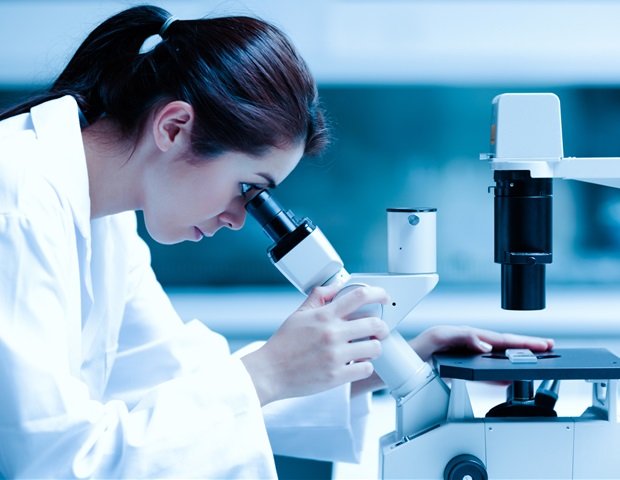Blog
Analysis may lead to raised medication and unusual instruments in artificial biology
Proteins are engines of life, driving processes corresponding to muscle actions, imaginative and prescient and chemical reactions. Their surrounding water, lipid membranes or different condensed phases are vital to their perform and form their construction and interactions.
But many trendy protein design strategies, together with AI-based instruments, typically ignore how these environments have an effect on proteins. This hole limits our capability to create proteins with unusual capabilities and slows advances in medication and bioengineering.
One group of proteins that work in such specialised environments are the membrane receptors, which act like organic “antennas” that detect alerts from the atmosphere and set off mobile responses.
Amongst proteins, the G protein-coupled receptors (GPCRs) play central significance in the way in which cells acknowledge and reply to exterior stimuli. To perform their signaling, GPCRs depend on a fragile interaction between structural stability, flexibility, and ligand binding, balancing acts which can be typically mediated by water. Collectively, these enable GPCRs to vary form and transmit the alerts they obtain into the cell.
So essential are these molecular gatekeepers to regular mobile perform that a couple of third of all medication available on the market goal them. However GPCRs are additionally on the forefront of protein engineering, with efforts being made to optimize these receptors to enhance drug supply effectivenessdevelop novel illness therapies and even to reuse them as biosensors in artificial biology.
The catch? GPCRs are extremely complicated, and their delicate dependence on water to perform has beforehand been inconceivable to rationally engineer.
A workforce of scientists led by Patrick Barth at EPFL has developed superior computational instruments that may alter the scales of gPCRs in water-mediated interactions to design unusual membrane receptors that outperform their pure counterparts. Their work, now revealed, may lead to raised medication and unusual instruments in artificial biology.
Water is in every single place. It’s the unsung hero of protein perform, but it surely is usually ignored in design, particularly after we gawk at membrane receptor allostery, as a result of it’s tough to mannequin explicitly. We needed to develop a methodology that would engineer unusual sequences whereas fascinated by the results of water in these sophisticated hydrogen bond networks which can be so vital for conveying alerts into the cell. “
Lucas Rudden, co-first creator of the examine
At the middle of the hassle is a laptop design device known as Spades. The researchers used it to create artificial GPCRs. Beginning with the adenosine A2A receptor as a template. They centered on modifying its “communication facilities,” key interplay websites between water molecules and amino acids. These hubs act like switchboards, relaying data all through the protein. By designing networks that optimize water-mediated connections, the workforce created 14 unusual receptor variants.
The Spade software program allowed them to simulate how these modifications would have an effect on the shapes and capabilities of the receptors in completely different vital states. After laptop screening, the workforce then synthesized probably the most promising receptors and examined their actions in cells.
What they discovered was exceptional: the density of water-mediated interactions turned out to be an vital determinant of receptor exercise. Receptors with extra of those interactions confirmed larger stability and signaling effectivity. Probably the most promising design, known as HYD_HIGH7, even took an surprising and unexpected form that validated the design fashions.
The 14 unusual receptors outperformed their pure counterparts in a number of methods, together with their capability to stay secure at excessive temperatures and their enhanced capability to bind signaling molecules. These properties originate them not solely functionally superior, but in addition extra strong for exhaust in drug discovery and artificial biology.
The work has huge potential for medication and biotechnology. By exactly growing membrane receptors, the unusual methodology may lead to raised therapies for illnesses corresponding to most cancers and neurological problems. Along with medication, these artificial receptors may very well be utilized in biosensors or different instruments to detect environmental modifications.
The outcomes additionally problem long-standing assumptions about how GPCRs work and reveal surprising flexibility of their water-mediated interplay networks. This opens unusual avenues to discover an untapped potential of those proteins each in nature and within the laboratory.
Different contributors
- Baylor School of Medication
- Lilly Biotechnology Heart San Diego
- Lilly Analysis Laboratories
Supply:
Journal references:
Chen, Ky. M., (2025) Computational design of extremely signaling energetic membrane receptors by way of solvent-mediated allosteric networks. . doi.org/10.1038/s41557-024-01719-2.
.

